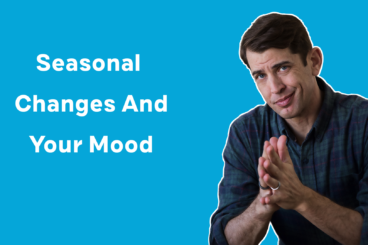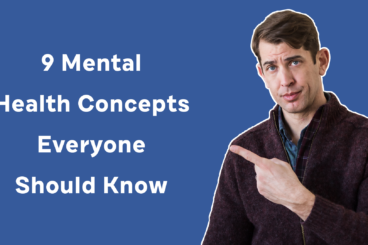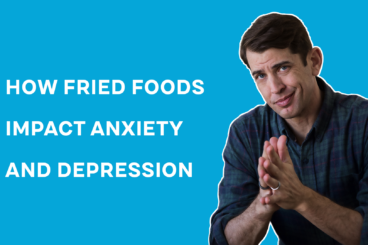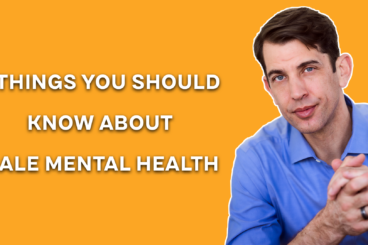The polar vortex reminded us that Winter is not quite gone. And while Spring is around the corner, for many people, the grip of seasonal depression has really taken hold.
Seasonal Affective Disorder (SAD) occurs as a depressive episode as the seasons change, and tends to lift as Spring approaches. While we’re close to this, I wanted to make sure you had some of our tips if your mood is struggling.
SAD may include the following symptoms:
- Feeling of sadness or depressed mood
- Marked loss of interest or pleasure in activities once enjoyed
- Changes in appetite; usually eating more, craving carbohydrates
- Change in sleep; usually sleeping too much
- Loss of energy or increased fatigue despite increased sleep hours
- Increase in restless activity (e.g., hand-wringing or pacing) or slowed movements and speech
- Feeling worthless or guilty
- Trouble concentrating or making decisions
- Thoughts of death or suicide or attempts at suicide
If you’re struggling with depression, please reach out to a clinician. Here are a few additional things that I find helpful for my patients struggling with their mood in the winter.
1. Get outside
This is a two-pronged issue for most: gear and fear. “Gear” helps us feed our souls, while nature helps transcend any holiday materialistic guilt. Deep in the forest with your snowshoes, you’ll be toasty with a base layer of silk and and a windproof shell. Don’t sweat too many nerdy gear details—my middle layer is currently a Uniqlo jacket from the vending machine at LaGuardia. “Fear” usually stems from inexperience. Winter hiking, skiing hut-to-hut, carving big mountain turns in the fresh powder, and winter sports are super accessible. Grab some gear. Grab a guide or a lesson and go.
2. Check in with your doctor
Get your vitamin D level checked. If you life in the Northeast, it’s probably low in the winter. Having low levels of vitamin D has been shown to increase the risk of depression for people with a prior clinical diagnosis of depression. Hypothyroid, hypoglycemia, and other health conditions can have similar symptoms as SAD.
3. Take a lesson from nature
It’s dark out, so sleep more. Drink more hot soups, broths, and tea. Winter is a time of rest and reflection, a season of long reads by the fire. We tend to operate in a go, go, go flow, but sometimes our minds and bodies need a break. Our farm has been bedded for the year, and without guilt or pretense, you should too.
4. Beware the beige diet
My body responds to the cold by gaining five to 10 pounds entirely from Lazy Green Mac-n-Cheese (kale, quinoa noodles, cheddar). Lower moods often means carb-craving. What does your winter rainbow look like? Orange squash, purple yams, and crispy Brussels sprouts are some of my favorites. These colors represent different phytonutrients that influence our cells and DNA in health-promoting ways. Get more seafood, too. Long-chained omega-3s—the kinds that are concentrated in wild salmon, anchovies, and mussels—modestly boost mood in trials for clinical depression.
5. Give a light box a try
Before medications or supplements, I tend to recommend a light box for winter depression. Light therapy needs to be bright (around 10,000 lux), close to you, and requires 20–30 minutes in the the morning. Dawn simulators can be helpful if you are dragging out of bed. Make sure to dim your lights and screens after sundown.
6. Get some help
Seasonal depressions come in many stripes. You don’t need to be clinically depressed or hitting rock bottom to merit some assistance getting back on track. Expert advice could come from a therapist, health coach, psychiatrist, psychologist, teacher or religious leader. Just ask. If you’d like to work with us or need a referral, shoot us an email.



